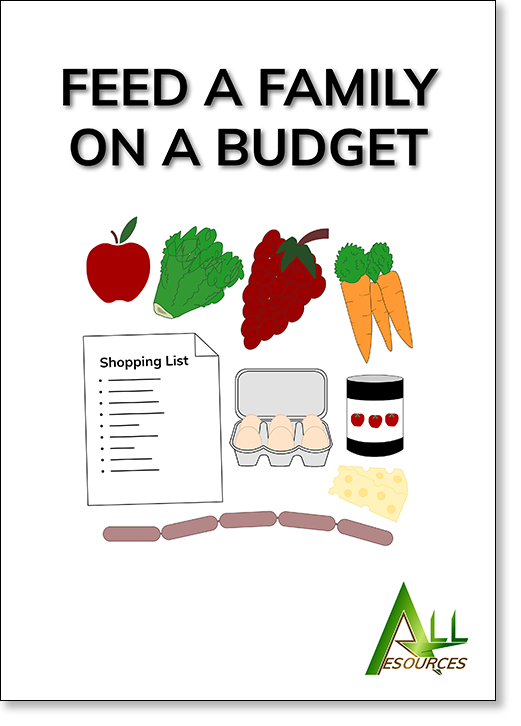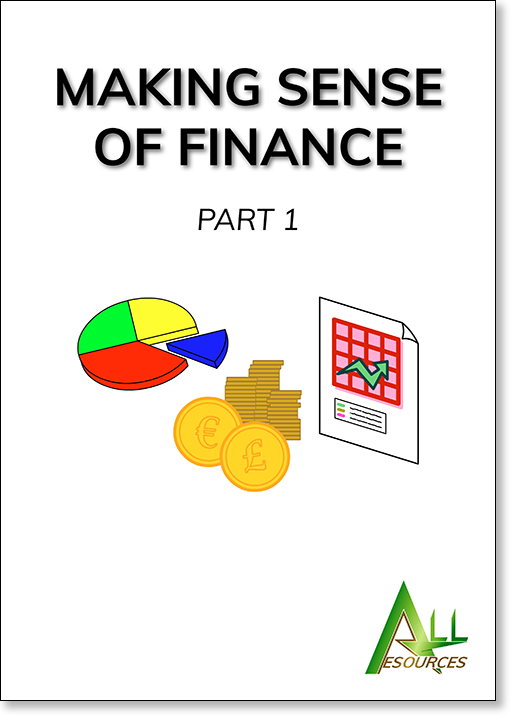Poverty

Feed a Family on a Budget
This resource looks at how families can lower their food budget to help reduce household expenses during difficult times.
- Focus: Creating a food budget and tips on how to save money on groceries
- Category: General
- First published: 2023
- Pages: 19
- Illustrated throughout
Hard copy: £15.99 add to basket

Making Sense of Finance — Part 1
Covering the history of money, how to make money work for you, managing money, budgeting, saving & borrowing and banking.
- Age range: 12 years and upwards
- Category: Schools
- Last revised: 2022
- Pages: 57
Hard copy: £25.99 add to basket
The main source of global information on extreme poverty is the World Bank, which is part of the United Nations. It is difficult to measure poverty across the world because income levels and prices differ from country to country and therefore the definition of poverty varies from one society to another. To measure poverty on a local, national and international level, a number of adjustments need to be made.
We often hear reports of people living ‘below the poverty line’. The poverty line is the minimum level of income required to secure life’s basic necessities. Most societies agree that a person is considered to be living in poverty if they do not have enough money or resources to meet basic needs including food, clothing and shelter. According to the World Bank, a staggering 85% of the world live on less than $30 per day. This level of poverty affects an individual’s life in many ways including:
- Education
- Health
- Employment opportunities
- Social status
- Relationships


